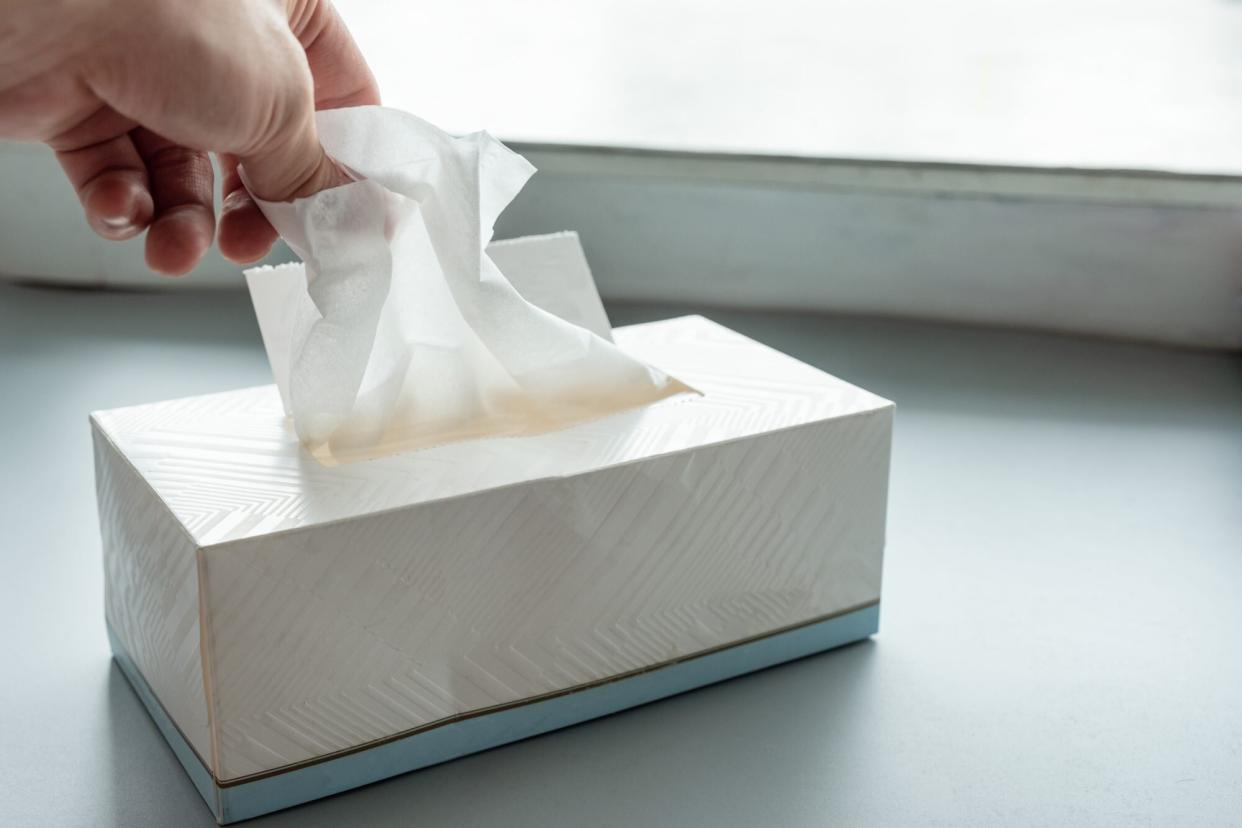Scientists Just Discovered the Real Reason Why Colds and the Flu Are More Common in the Winter

Getty / Mumemories
As soon as the temperature drops during winter, the inevitable seems to happen: Many of us catch a cold—or worse, come down with the flu (especially this year, which is the most severe flu season of the last decade). Even though we can succumb to these illnesses throughout the year, scientists have finally figured out why the winter brings such a surge. According to a new study published in The Journal of Allergy and Clinical Immunology, the reason is relatively straightforward: The season's cold air damages the nose's immune response, CNN reports.
When the season's chilly conditions drop the temperature within the nose by 9 degrees Fahrenheit, about 50% of the near-billions of virus and bacteria-fighting cells die inside the nostrils, research showed. "Cold air is associated with increased viral infection because you've essentially lost half of your immunity just by that small drop in temperature," said rhinologist Benjamin Bleier, director of otolaryngology at Massachusetts Eye and Ear, an associate professor at Harvard Medical School, and study team member.
Related: How to Distinguish Symptoms of the Common Cold, Flu, and COVID-19 This Winter
Here's how the infection process works: Once a respiratory virus or bacteria enters the nose, the front of the nose is alerted of the germ, Bleier and his research team uncovered. After the back of the nose becomes aware of these "invaders," cells that line the nose start making billions of extracellular vesicles (EV's). "EV's can't divide like cells can, but they are like little mini versions of cells specifically designed to go and kill these viruses," Bleier said. "EV's act as decoys, so now when you inhale a virus, the virus sticks to these decoys instead of sticking to the cells."
The copies of these cells are made into nasal mucus, which swarms the germs and keeps them from spreading. "This is one of, if not the only part of, the immune system that leaves your body to go fight the bacteria and viruses before they actually get into your body," Bleier said. "It's like if you kick a hornet's nest, what happens? You might see a few hornets flying around, but when you kick it, all of them all fly out of the nest to attack before that animal can get into the nest itself."
Although the team discovered that the production of EV's ramps up by 160% when the nose is invaded, cold weather cuts their ability to fight back—along with RNAs (a viral killer in the body), which makes it difficult to prevent the cold or flu. Researchers noted that just a touch of coldness at the tip of a nose can cut EV's by 42%. "Similarly, you have almost half the amount of those killer micro RNA's inside each vesicle, and you can have up to a 70% drop in the number of receptors on each vesicle, making them much less sticky," Bleier said, noting that this also impacts the body from preventing the disease.

